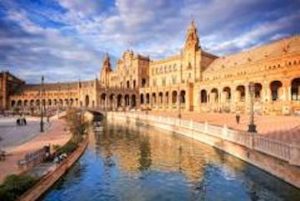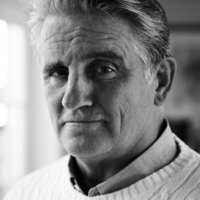Seville, Spain

Flamenco! Bullfights! Gypsies!
Seville, the capital and largest city of Andalusia, is rich in culture and history. It’s the setting for Bizet’s Carmen – and, though the story is fictional, there are references in the opera to many of the city’s landmarks. Click here to read an article that takes you through them. [LINK] https://tammytourguide.wordpress.com/2017/04/22/looking-for-carmen-in-seville/
I’m especially interested in Seville’s architecture – from ancient Roman rujns to spectacular Moorish, Gothic, Baroque, Renaissance, Mudejár (a blend of Moorish/Arabian and Gothic influences) and Neo-Classical structures.
A few of the architectural “must-sees”:
* Real Alcázar (Royal Palace), built as a fortress in the 10th century, was expanded and embellished by subsequent Moorish rulers. It is still in use by the Spanish king when he visits Seville.
* Catedral de Santa María de Sede, constructed between 1402 and 1506 on the site of a 12th century mosque, is one of the largest Gothic cathedrals in the world.
* La Giralda, the 300-foot-tall bell-tower next to the cathedral, was the minaret of the above-mentioned mosque. You can climb to the top for a spectacular panoramic view.
* Barrio de Santa Cruz, the old Jewish quarter, is a maze of narrow streets, alleys, and (admittedly touristy) tapas bars and shops to explore.
* Casa de Pilatos, a 16th century palace – a mix of Renaissance and Mudejár styles – gives you an idea of how the Spanish aristocrats used to live.
* Plaza de Toros houses the largest bullfighting arena in Spain (it can accommodate 13,000 spectators) and the Museo Taurino (Bullfighting Museum).
 MarkFord
MarkFord